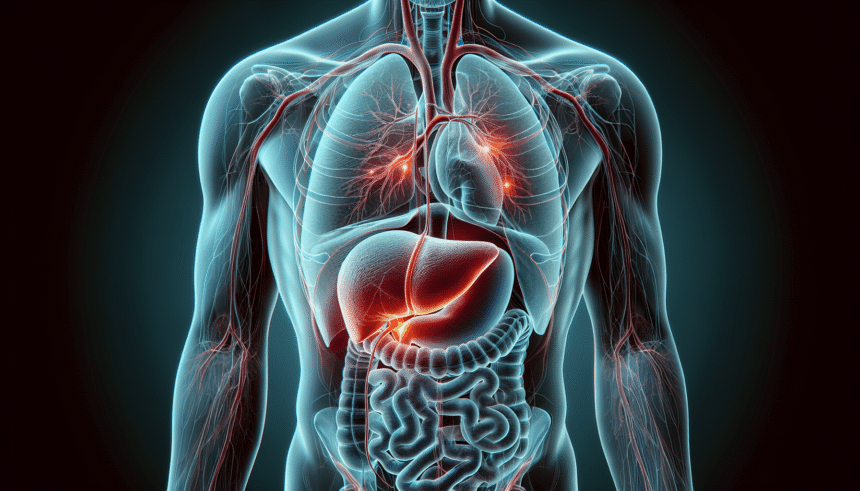Gallbladder issues often begin with vague symptoms that can mimic other digestive concerns. Discomfort in the upper abdomen, nausea after meals, or intermittent pain on the right side may go unnoticed or be dismissed as routine indigestion. When symptoms persist or escalate, body imaging becomes a critical step in identifying the source of the problem. By offering detailed visuals of internal organs and systems, body imaging helps providers diagnose gallbladder conditions early and with greater accuracy.
Detecting Inflammation and Blockages
Inflammation of the gallbladder, known as cholecystitis, often results from a blocked bile duct. Gallstones may obstruct the flow of bile, causing the organ to swell and become tender. Left untreated, this condition can lead to infection or even rupture. Through imaging methods such as ultrasound, CT, or MRI, providers can detect these structural changes and intervene before complications arise.
Body imaging allows clinicians to view whether the gallbladder wall has thickened, a common indicator of inflammation. These images may also reveal fluid buildup around the organ, pointing to irritation or infection. By identifying these markers early, treatment can begin before the condition becomes more severe or leads to additional organ involvement.
Uncovering Gallstones and Their Movement
Gallstones are hardened deposits that form from cholesterol or bile salts. While some people have gallstones without symptoms, others may experience sharp pain when these stones move and block ducts. Because the stones are small and sometimes shift in position, physical exams alone may not provide enough clarity. Body imaging helps track the presence, size, and movement of gallstones. Advanced imaging tools highlight the stones within the gallbladder or bile ducts, offering insight into whether surgery may be necessary. For patients with chronic discomfort, this imaging provides answers that support faster treatment decisions and symptom relief.
Evaluating Gallbladder Function Over Time
In certain cases, symptoms persist even after structural problems are ruled out. This situation may call for a closer look at how the gallbladder is functioning. Some body imaging techniques can assess the flow of bile and the organ’s ability to release it effectively. If the gallbladder shows delayed emptying or poor responsiveness, providers may diagnose a functional disorder.
Monitoring changes over time is also easier with body imaging. Repeat scans can compare inflammation levels, stone development, or bile movement to track progression. These evaluations help patients and providers decide whether medication, dietary changes, or surgery would offer the most benefit.
Ruling Out Other Digestive Conditions
Because gallbladder symptoms overlap with many gastrointestinal issues, body imaging also serves to eliminate other possible causes. Pancreatitis, liver disorders, and stomach conditions can all cause similar discomfort. By viewing multiple organs in a single scan, clinicians gain a more complete understanding of what might be contributing to a patient’s symptoms. This broad perspective reduces the risk of misdiagnosis and helps prevent unnecessary treatments. If the gallbladder appears healthy, providers can redirect focus to other areas with more confidence, saving time and avoiding ineffective interventions.
Building a Clearer Picture for Surgical Planning
For patients who need surgery to remove the gallbladder, imaging plays a role beyond diagnosis. Detailed scans help surgeons plan the procedure by revealing anatomical differences, duct placements, or nearby tissue inflammation. These insights reduce surgical risk and guide providers in choosing the safest approach.
In minimally invasive procedures, clear imaging contributes to quicker recoveries and better outcomes. When surgeons enter the procedure with precise information, they can make smaller incisions and reduce operating time. This planning also lowers the chances of unexpected complications during surgery.
Talk to Your Doctor About Body Imaging
Body imaging remains one of the most effective tools for diagnosing gallbladder issues and guiding treatment decisions. Whether the concern involves stones, inflammation, or functional problems, imaging offers clarity that supports better care. When digestive symptoms persist and answers remain unclear, imaging provides a noninvasive way to uncover what’s happening below the surface—and begin moving toward lasting relief.





